Back in the 1980s Polaroid were busy exploring alternative outlets for their almost unique process, having seen off Kodak who tried to muscle in on the act. Other factors led to their downfall with a subsequent revival (The Impossible Project etc.) much later and in other hands.
I suppose Edwin Land was something of a George Eastman, Henry Ford or Elon Musk of his day, thinking well and truly outside the box and not really caring much about what anyone thought of his work. Very single-minded. His products were effectively overtaken, first by conventional materials and then, like almost everything else at a commercial level, by digital.
Land’s process, as most will know, involved developing each exposure individually, either by an applied processing compound after exposure or one integral with the emulsion in increasingly sophisticated and elegant ways. For me, the SX-70 was the high point but there were many more designs produced during Polaroid’s time on the stage including the monster 20×24.
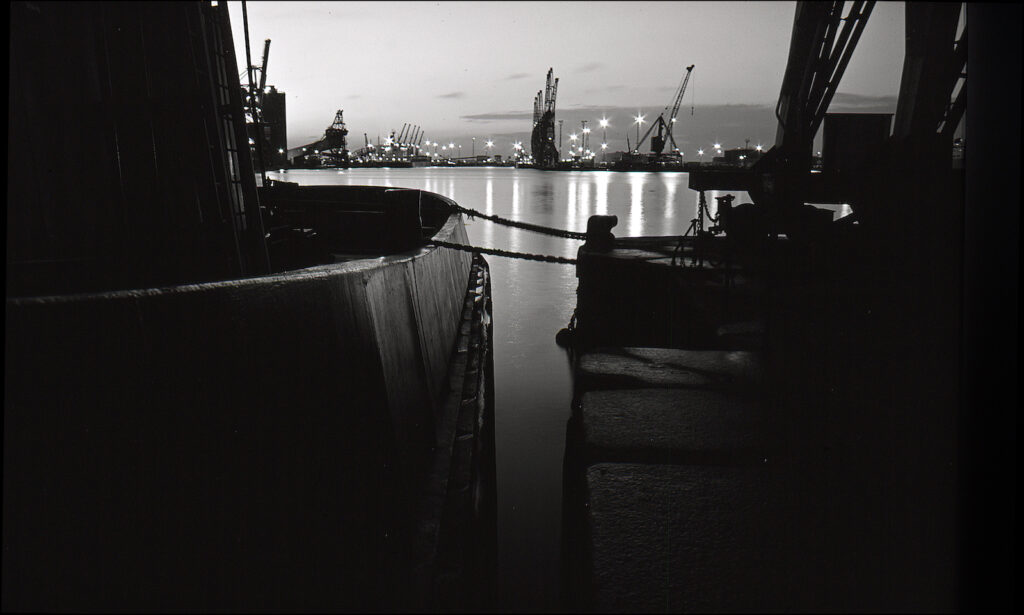
I recently came across these couple of shots I had made on a short-lived Polaroid product from the 1980s called Polachrome Polapan CT, sold in 12 and 36 exposure versions. Despite the “chrome” in the name it was a black and white reversal film which was developed by the user in a simple processor with separate developer packs. The film and developer were brought together in the processor after the film had been exposed, so not instant photography as such, just a reduced wait. I believe I can only have tried the one film, probably 12 exposure as I cannot find any other results.
There were other films in the range, including a colour transparency version, using the same equipment. The processor also incorporated a cutter to trim the film for slide mounting. Interestingly, the film appeared after Land had resigned and possibly was born out of the disastrous cine film introduced shortly before which severely impacted the firm financially and led to his resignation I understand.
I would have been using a simple model of the Praktica of around that time with fairly run of the mill optics but the quality of these results speak highly for both emulsion and equipment.
I doubt that the dockside image would be possible any more. Back then, both here at Immingham and at nearby Grimsby’s docks access was pretty unrestricted. I almost ended up in the water as well. I hadn’t noticed the ship that was supporting one of my legs and one of the tripod’s was gently rolling in the slight breeze. Fortunately I realised in time and rescued both myself and the camera before the gap widened too far and we found ourselves in the drink.
Those were such simpler times both socially and technologically.
Share this post:
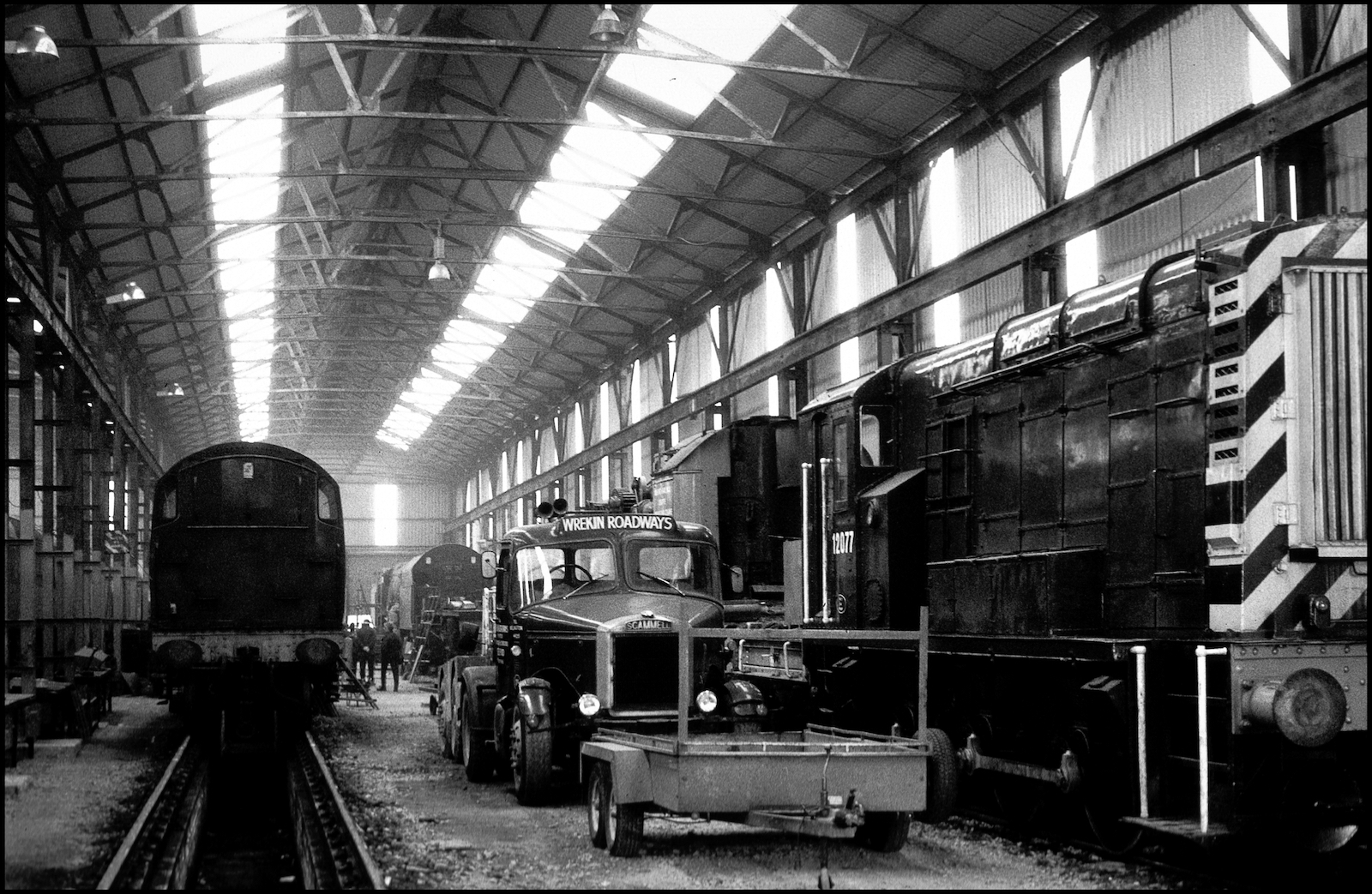

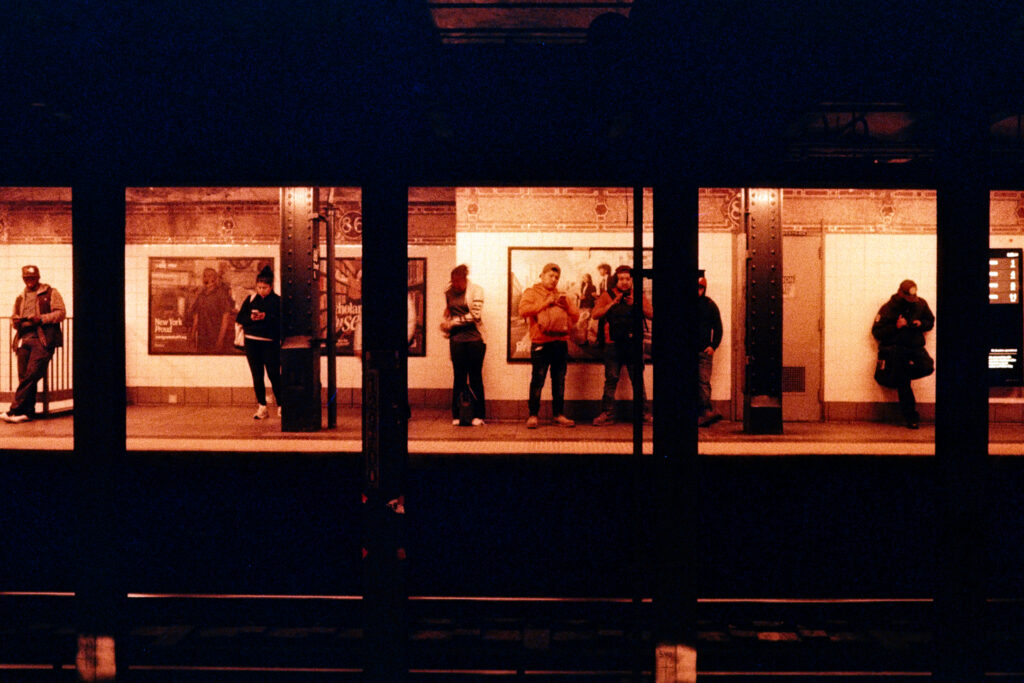
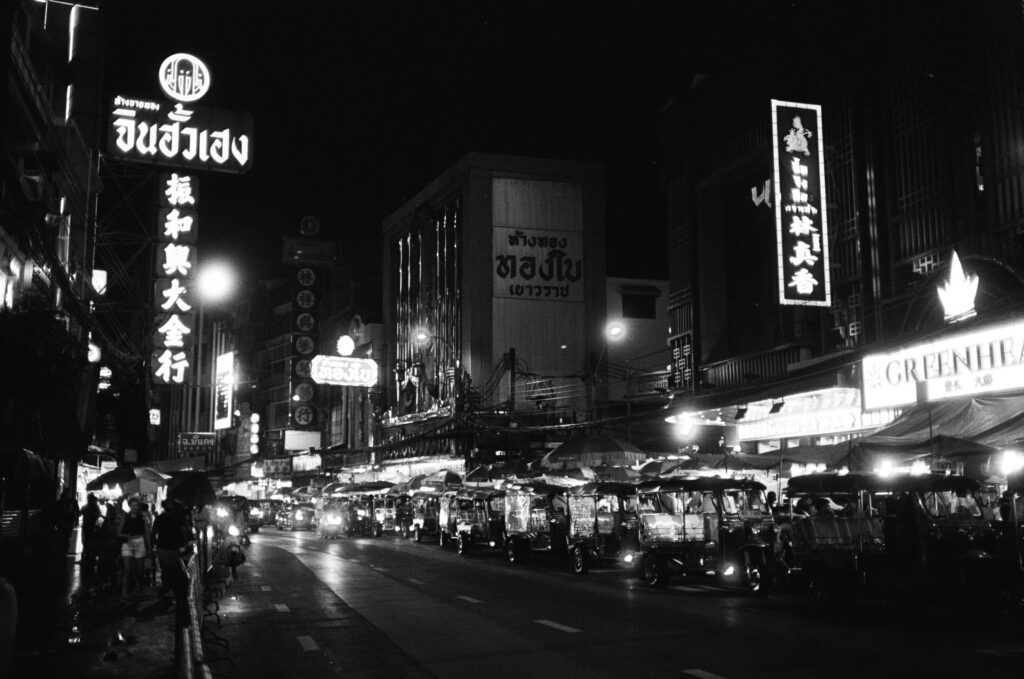
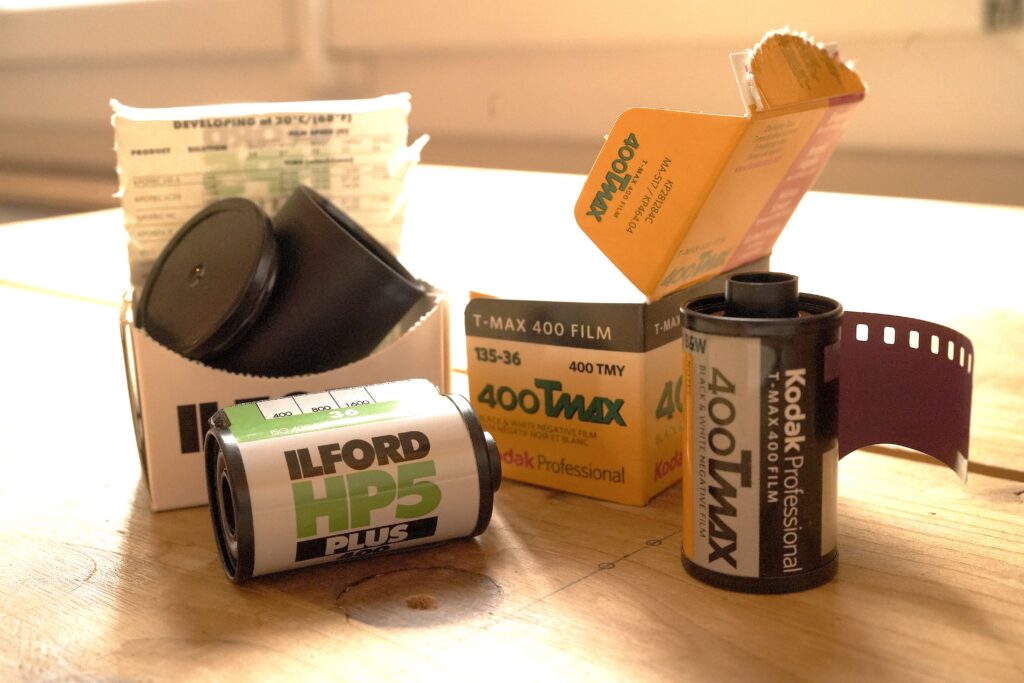




Comments
Jorge Roman on Polachrome Polapan CT – A short-lived introduction from Polaroid
Comment posted: 07/11/2024
I always have used well past dated film with Polaroid,s developing strip would stick to film if overaged, ruining film
High contrast version was my choice for making slides for lectures and a life savior since I was often late drawing slides
Welcome PowerPoint!
Comment posted: 07/11/2024
Jeffery Luhn on Polachrome Polapan CT – A short-lived introduction from Polaroid
Comment posted: 07/11/2024
Comment posted: 07/11/2024
Kodachromeguy on Polachrome Polapan CT – A short-lived introduction from Polaroid
Comment posted: 08/11/2024
Comment posted: 08/11/2024